As an Amazon Associate, I earn from qualifying purchases.

It’s a well-known fact that regular exercise improves your overall health, but did you know it can be even more beneficial for those with concerns about bone health? It’s been shown that exercise that puts some stress on the bone can increase bone mineral density (BMD) and reduce fractures even in women who have already been diagnosed with osteoporosis.
Now, when we say exercise that puts stress on the bone, we’re not talking about anything painful or dangerous, but rather a normal stress the body can naturally handle. You see, muscles are attached to the bones by tendons. Every time a muscle is used, that tendon is pulls tight, pulling on the bone. On a large scale, this moves the body as you want it to, but if you could peek inside and look at the much smaller scope of what’s happening inside, you’d see that tendon pulling on the tissue that surrounds the bone. This triggers a response by the bone to lay down more bone tissue. This is what we mean by stressing the bone. Your bones, just like most every other tissue in the body, is constantly breaking down and regenerating. Old cells die off and are destroyed and are replaced by newer, healthier cells. Bone tissue is regularly broken down and built back up. As we age, this process begins to get more and more unbalanced, leading to a faster breakdown of bone tissue than the body can rebuild. So, with exercise, that constant tugging on the bones of the body kicks up the rebuilding process to rebalance, or at least greatly improve the current imbalance.
As people age, bone density loss is inevitable. This is especially true for women. When women reach post-menopause, they’re at a much higher risk for osteoporosis and fractures. Even long before the later stages of life, keeping regular exercise a habit, especially with focus on bone density improvement may help prevent much of that normal loss later. When it comes to exercise improving BMD, there are many variables that affect the results; age, reproductive hormone status, health status, and the type of exercise all affect how much bone density can be gained.
If you already have bone density loss, an exercise program developed by a professional to focus in on your most at-risk areas, is crucial. For example, the head and neck of the femur (the socket part of the hip joint) is especially susceptible to a break in those with bone density loss, so exercises should focus specifically on this area for people at high risk. Hip mobility exercises in all planes of movement, weight bearing exercises, and if possible low to moderate exercises are all great for this.
If you haven’t developed bone loss, but are at a high risk either due to family history, lifestyle, or other illnesses, talk to your trainer about working up a plan to make bone density a factor in your regular exercise routine.
5 Tips to Prevent Shoulder Injuries(Opens in a new browser tab)
When you first start a training program with the goal of gaining bone mass keep in mind the initial bone mass gain you receive will often be higher than they will be as you continue long-term. Your return will diminish, but you’ll still be gaining bone mass, just at a slower pace
Exercise is important, no matter what the end goal is, but if you have bone loss or are at risk of developing it, it’s even more important for you. Find a trainer who can help guide you in the best way to manage and overcome it.
Have you been exercising and need a massage? Give us a call at 325.646.4272 or book online to help you ease that muscle soreness.

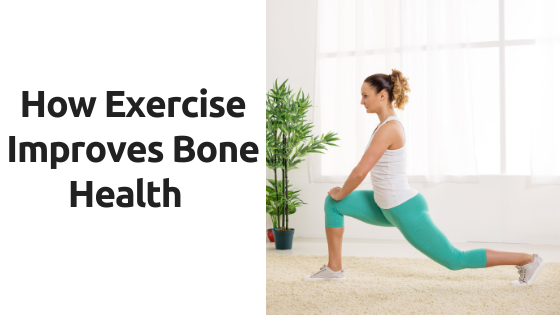
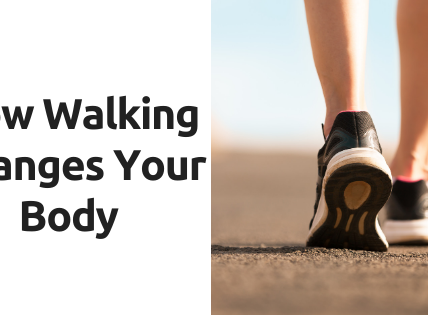
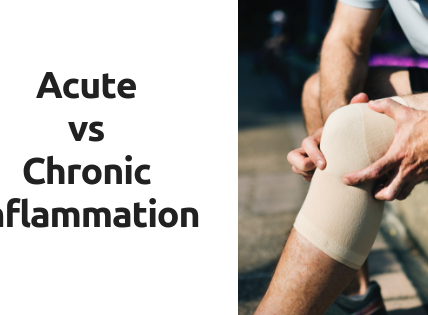
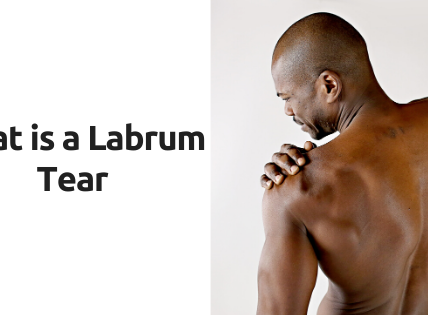
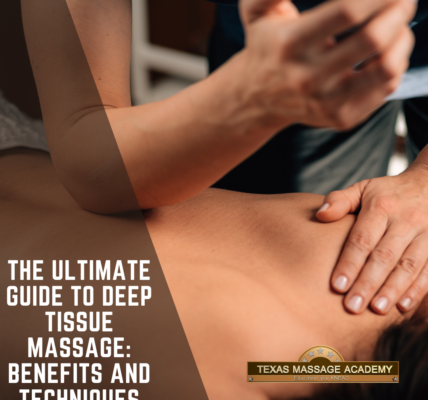
1 COMMENTS
Comments are closed.